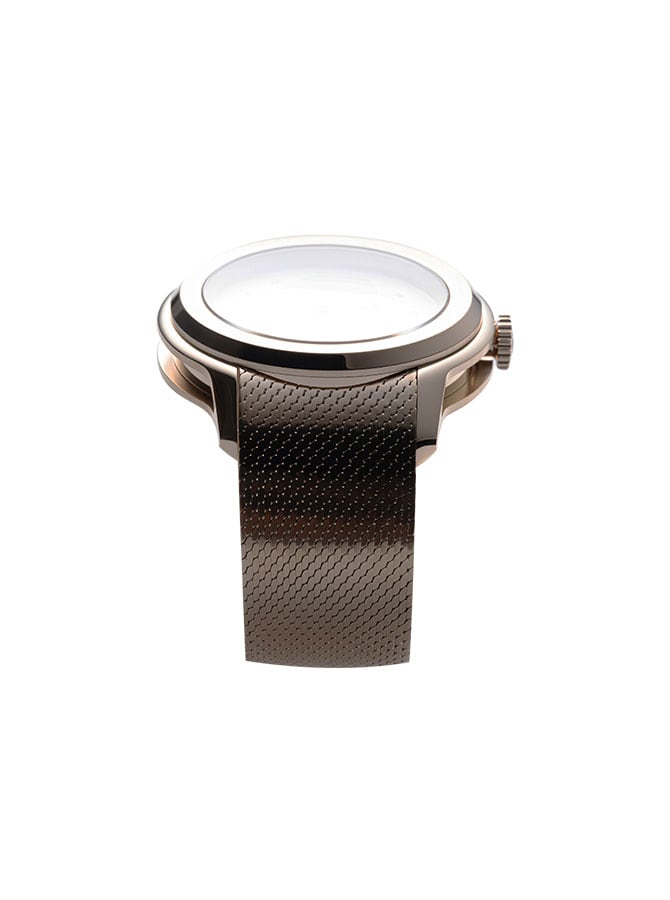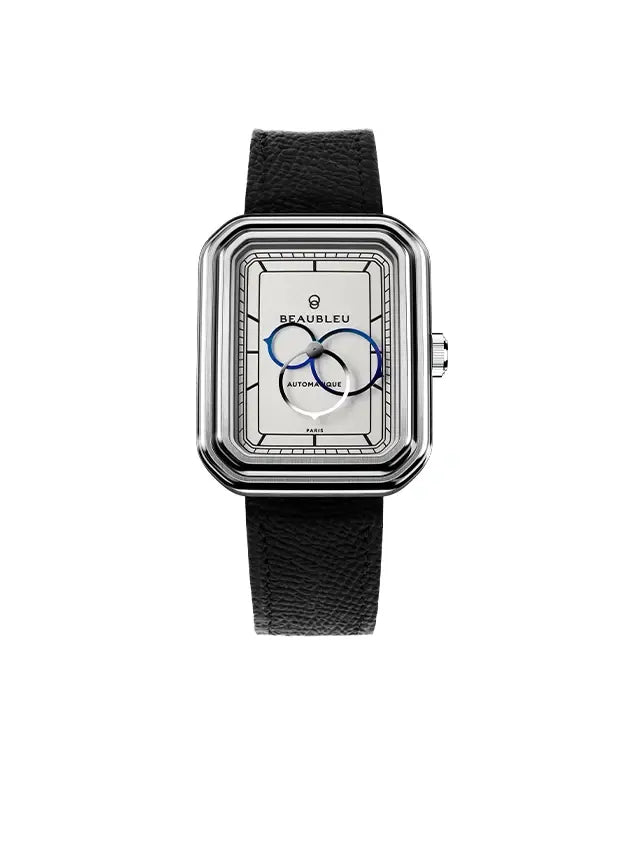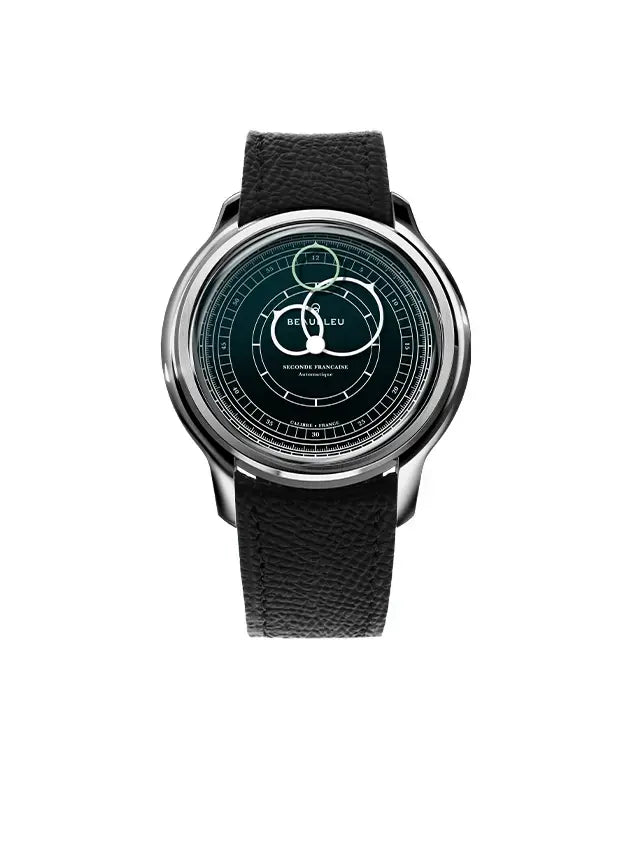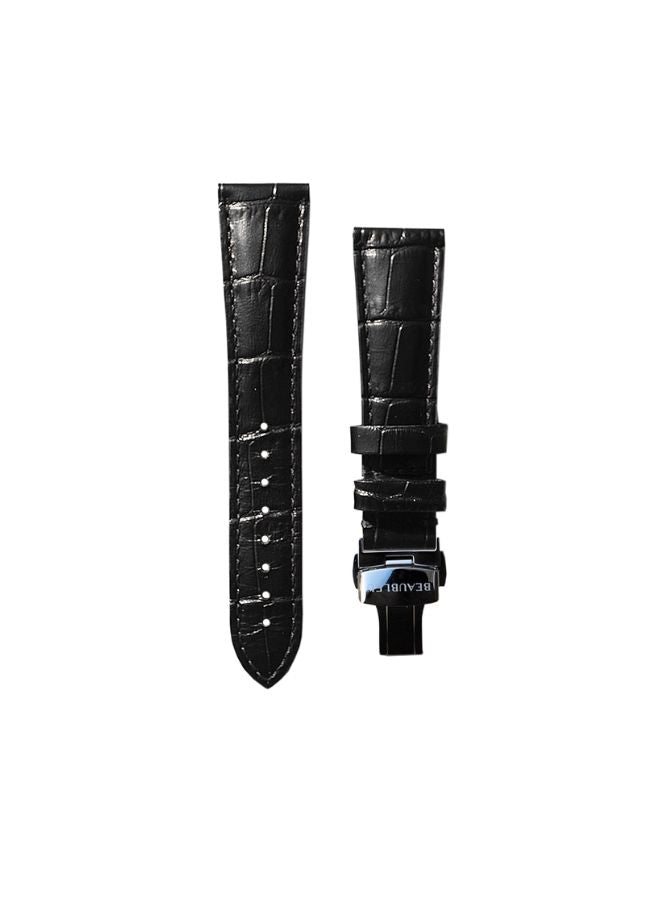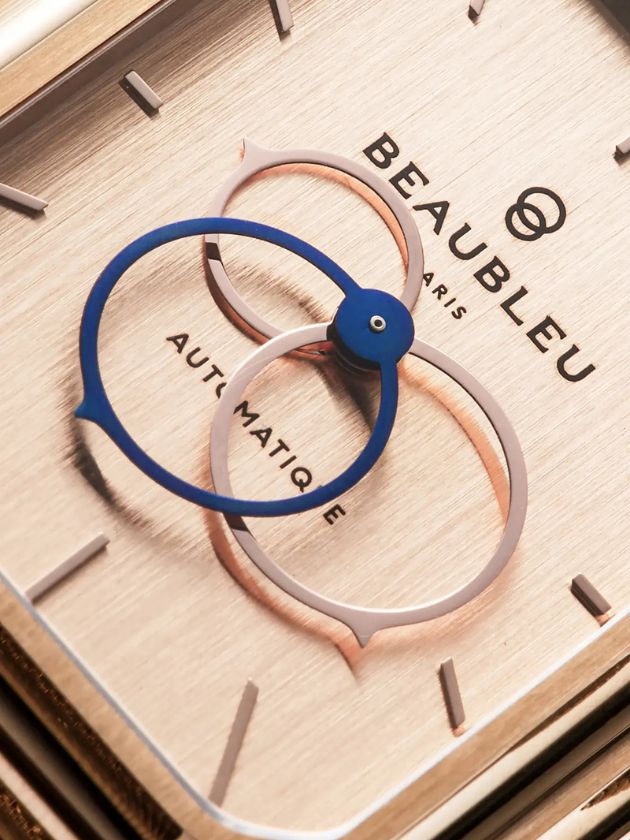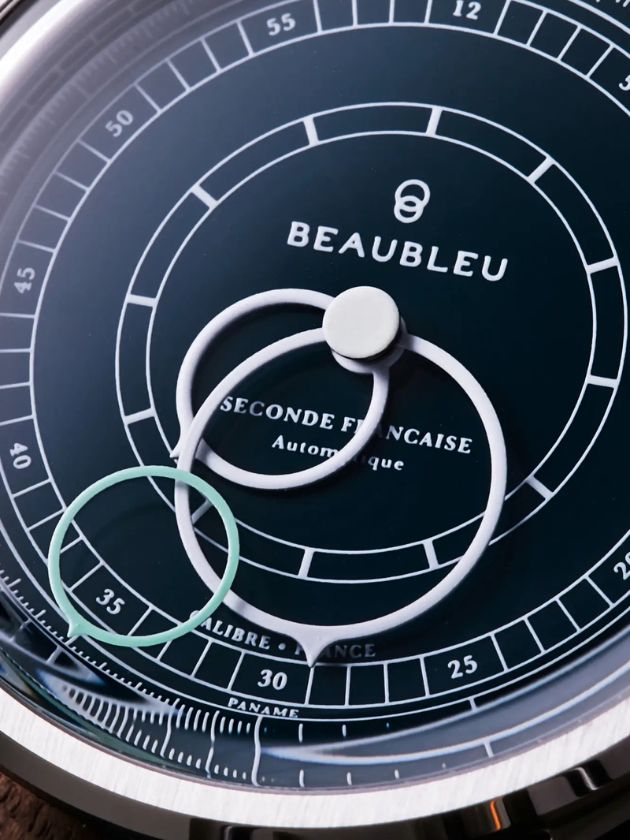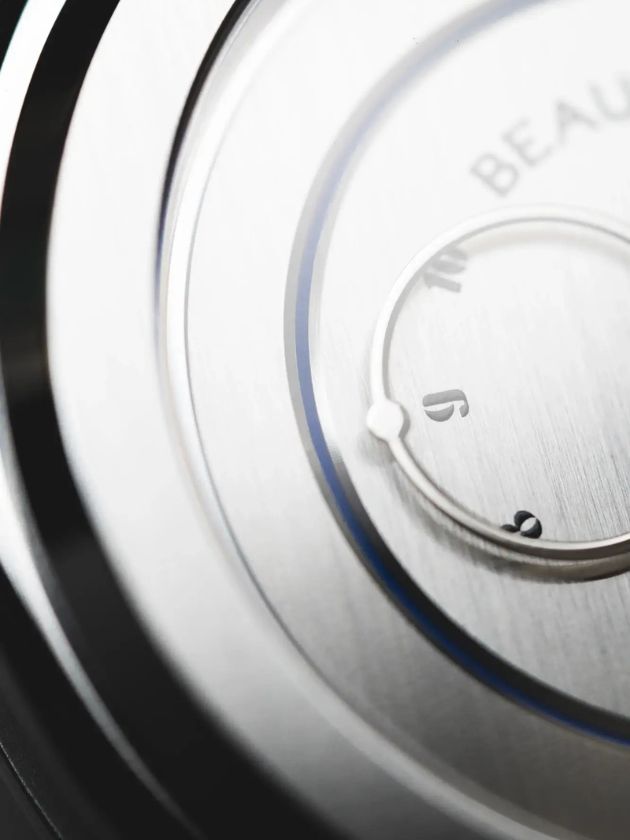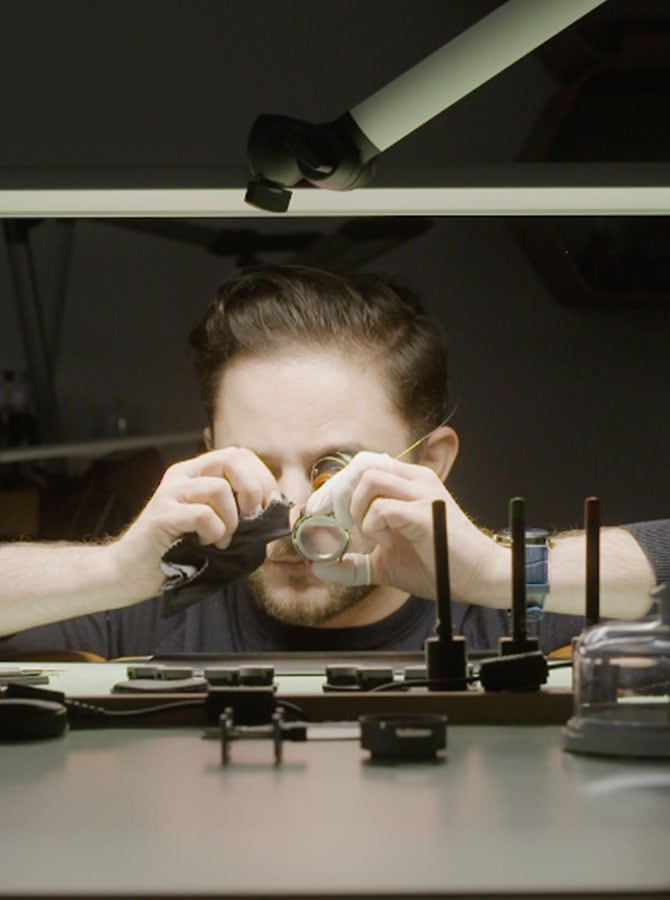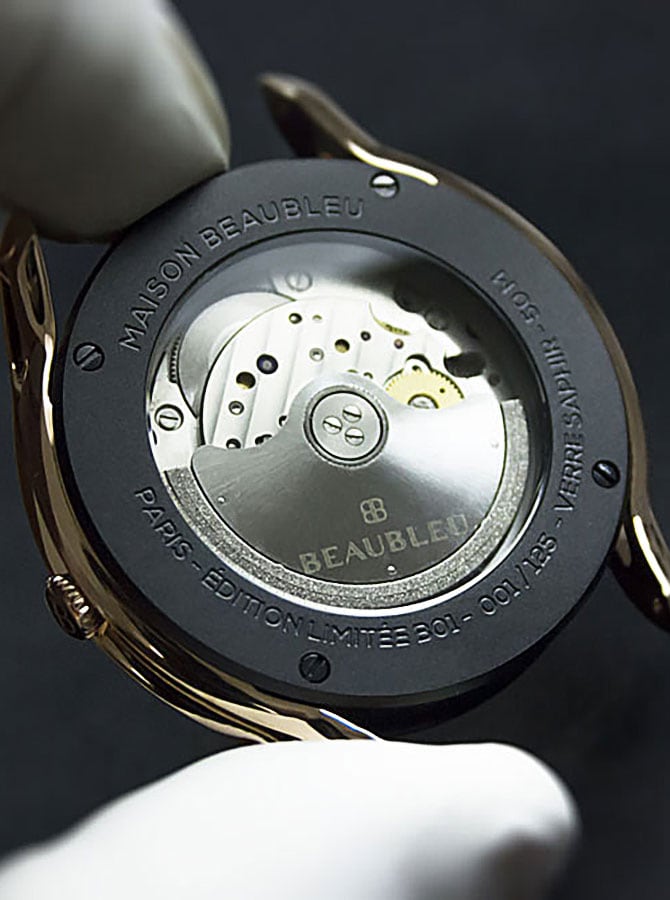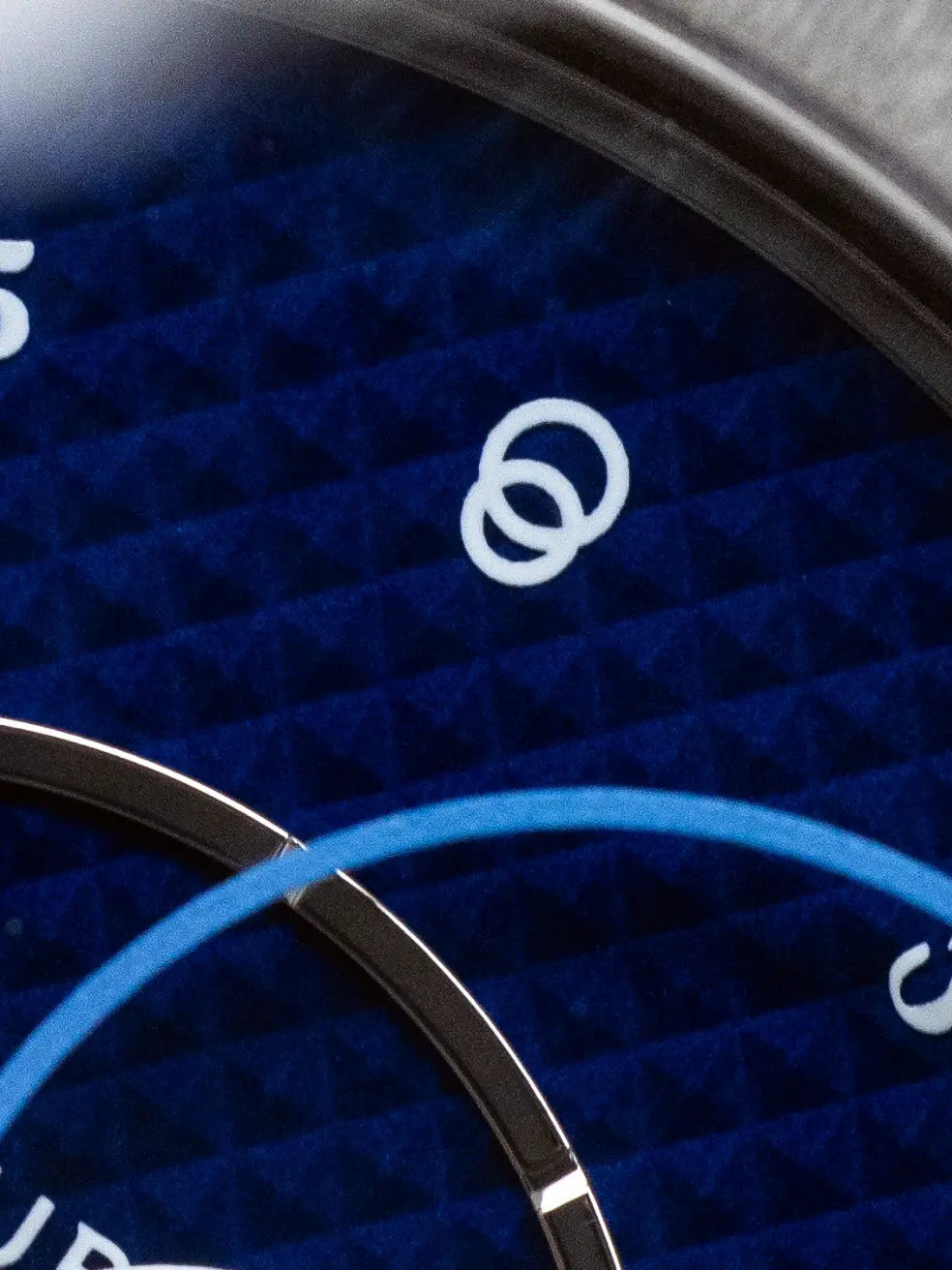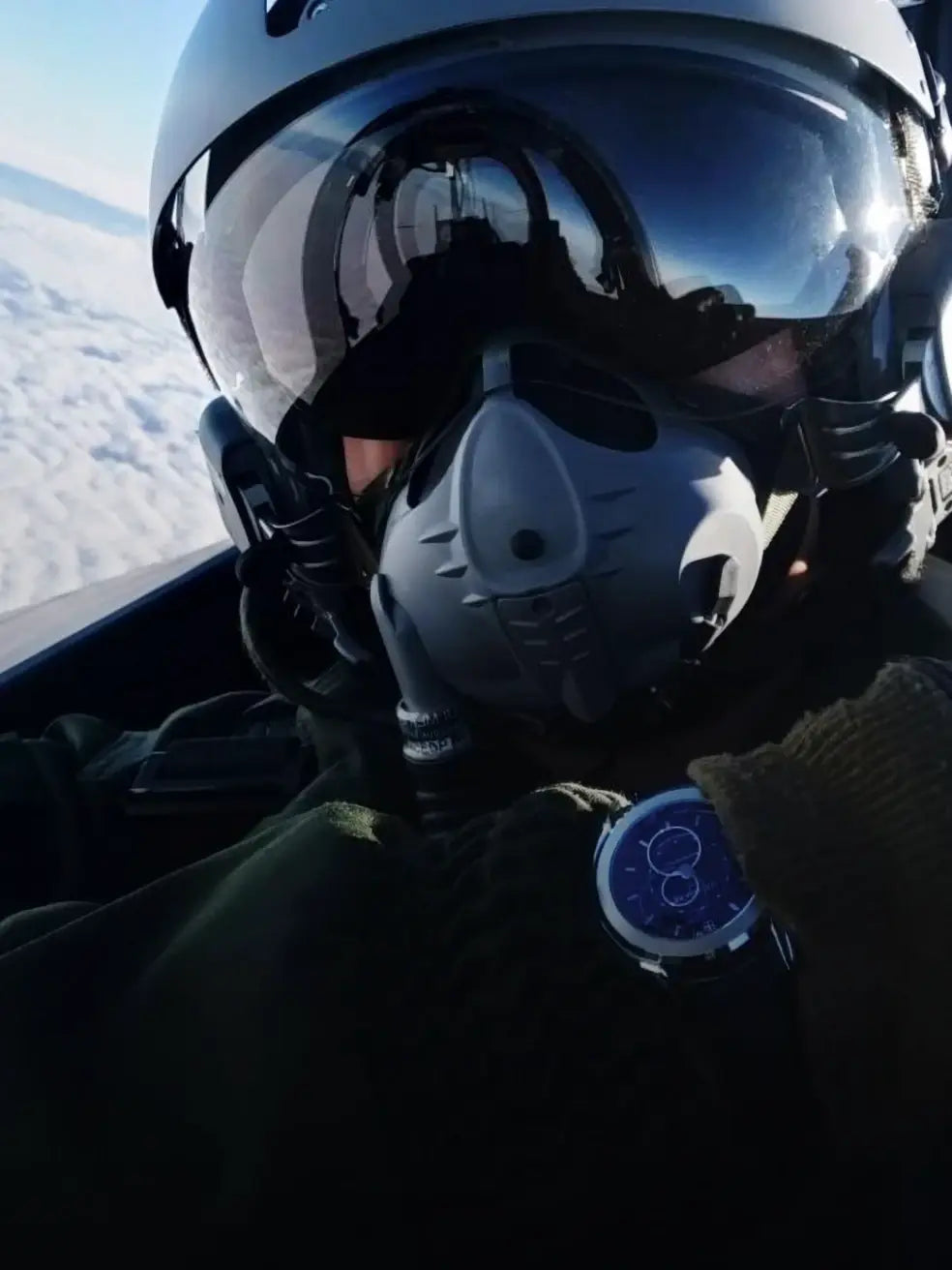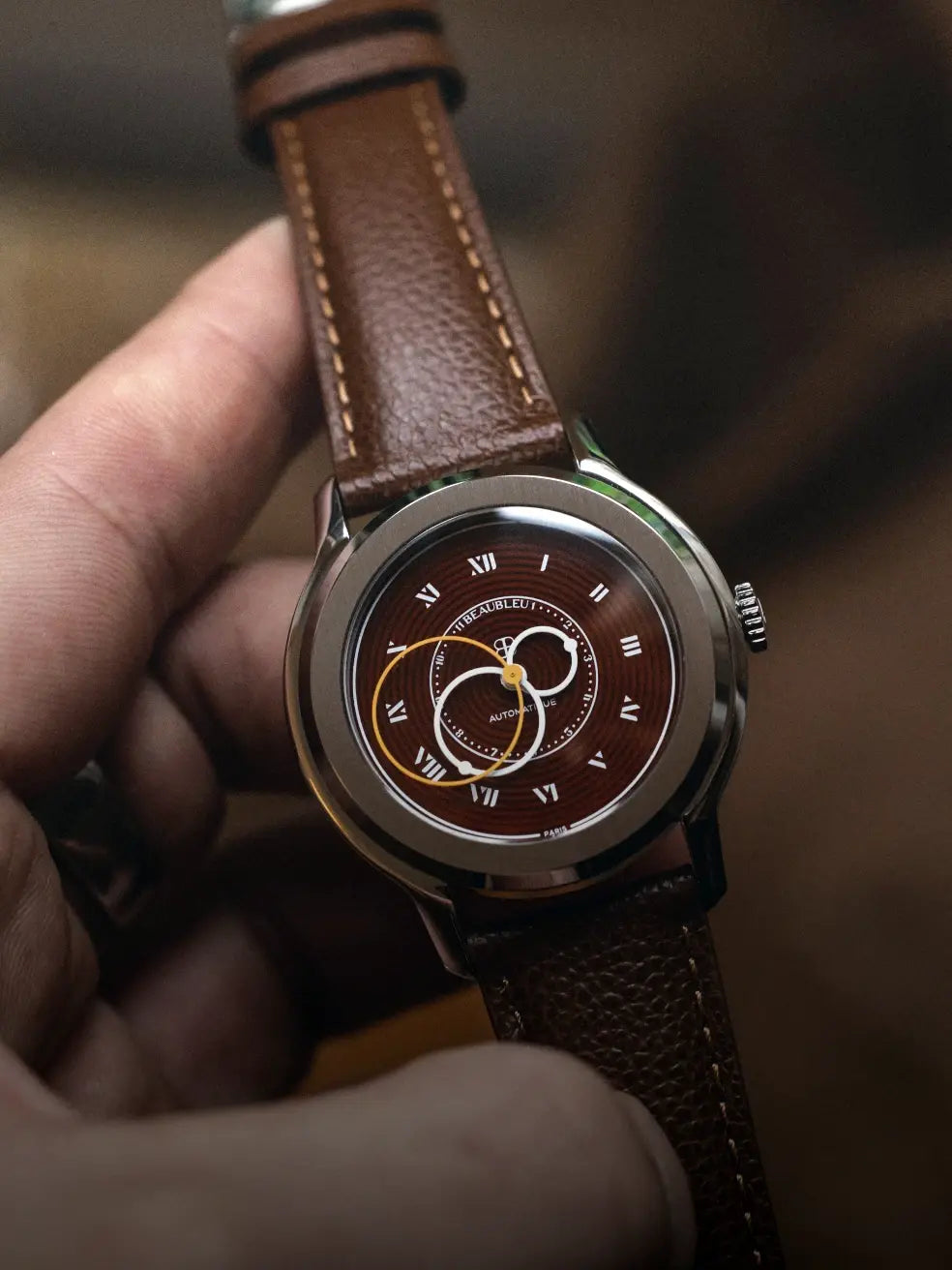
The Beaubleu watch glossary
Remember the first time you found yourself in front of a descriptive text about a watch that interested you? Sacred vocabulary! I assure you, we've all been there, so don't panic. To help you in your choices or just for your desire to know a little more about watchmaking vocabulary, we have put together a small list of terms that you are likely to find in the Beaubleu pages. Enjoy exploring the Beaubleu watch glossary!
Beaubleu watch glossary: from Pendulum to middle case
Pendulum
The pendulum is the organ that regulates the mechanical movement of your watch. It is coupled to the hairspring. The latter allows it to produce a perfectly regular back and forth movement. This is called oscillation, recognizable by the famous “ticking” that your watch makes.
Barrel
The barrel is an essential part for the movement of the mechanism. Without a barrel, no movement, and without movement, no watch that tells the time! This part is a cylindrical box which contains the spring. It allows the energy produced by the spring to be accumulated and then redistributed to the different gears of the movement.
Case
The case is the element that protects the mechanism of your watch against shock, humidity or dust. It is made up of different parts: the caseback, the middle and the bezel.
Pin buckle
The clasp of a watch is a detail that seems insignificant, but it is actually relatively important. There are different types: the simple folding clasp, the butterfly folding clasp and the pin buckle. It is the latter that interests us because it is the one that allows your Beaubleu watch to fit on your wrist. It is made up of a buckle and a metal rod, just like the buckle on your belt. This type of clasp is used for our leather bracelets, you will never find it on a metal bracelet. The advantage of the pin buckle is that you can adjust the size of the bracelet very precisely.
Dial
The dial, the centerpiece of your watch, is what you see first when you look at the time. Generally made of metal, it displays various indications such as hours, minutes and seconds.
Caliber
The caliber is part of the vocabulary that you must master when you want to understand and show that you have a certain mastery of watchmaking. In reality this term simply refers to the movement of the watch.
Casing
The casing contains the movement, the dial and the hands. Different exterior elements are also attached to it, such as the lugs.
Beaubleu watch glossary: from Complication to Spiral
Complication
As you must have noticed, today watches are no longer just used to indicate the hours and minutes. All these other functions are called “complications” in watchmaking and some are particularly sought after by watch enthusiasts. Here are some of them: the perpetual calendar, the tourbillon, the chronograph or the time zones.
Lugs
Located at the ends of the case, their function is to attach the bracelet to the watch. At Beaubleu, they have the uniqueness of not being part of the case, thus allowing them to offer an innovative design. In fact, they are hollowed out along all their lengths to give the watch a sculptural and jewel-like appearance.
Crown
The crown is a circular part generally notched, located at 3 o'clock on your watch, allowing you to wind the movement manually and set the time. It turns out to be a fragile part that is handled with the watch off the wrist.
Index
The index is the marking of the hours, which can also be called a time marker. Over time, these markers replaced the Roman and then Arabic numerals (1 to 12 on the dial).
Telescope
The main element of the case, it is located above the middle and carries the watch crystal. On certain watches it can be rotating and in this case allows you to indicate the duration of an event.
Mechanical movement
Unlike a quartz watch, a mechanical watch works without a battery. It is composed of a mechanical movement which can be manually or automatically wound. For your Beaubleu watch, we have chosen an automatic movement, it is wound by the movements you make during the day thanks to a rotor which turns around its axis. However, it is still necessary to wind it manually regularly.
Spring
The Spring is the energy source of a watch. This is a small steel ribbon that is wound inside the barrel.
Spiral
Finally, the hairspring regulates the movement of the watch by returning the balance to the initial position to initiate a new oscillation. The better the quality, the greater the precision of the given time.
And now the lexicon of the Beaubleu watch is finished. Of course, we haven't listed all the watchmaking vocabulary, but we think you are now equipped to take on watch enthusiasts. If you have any questions, we'll be happy to answer them, so don't hesitate.
Wishing you wonderful hours,
Beaubleu
